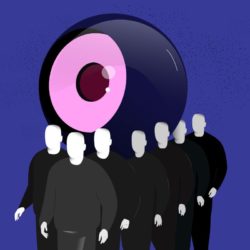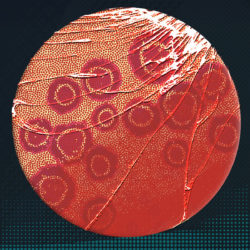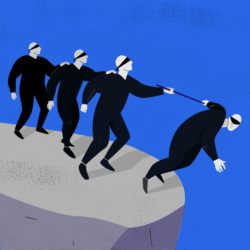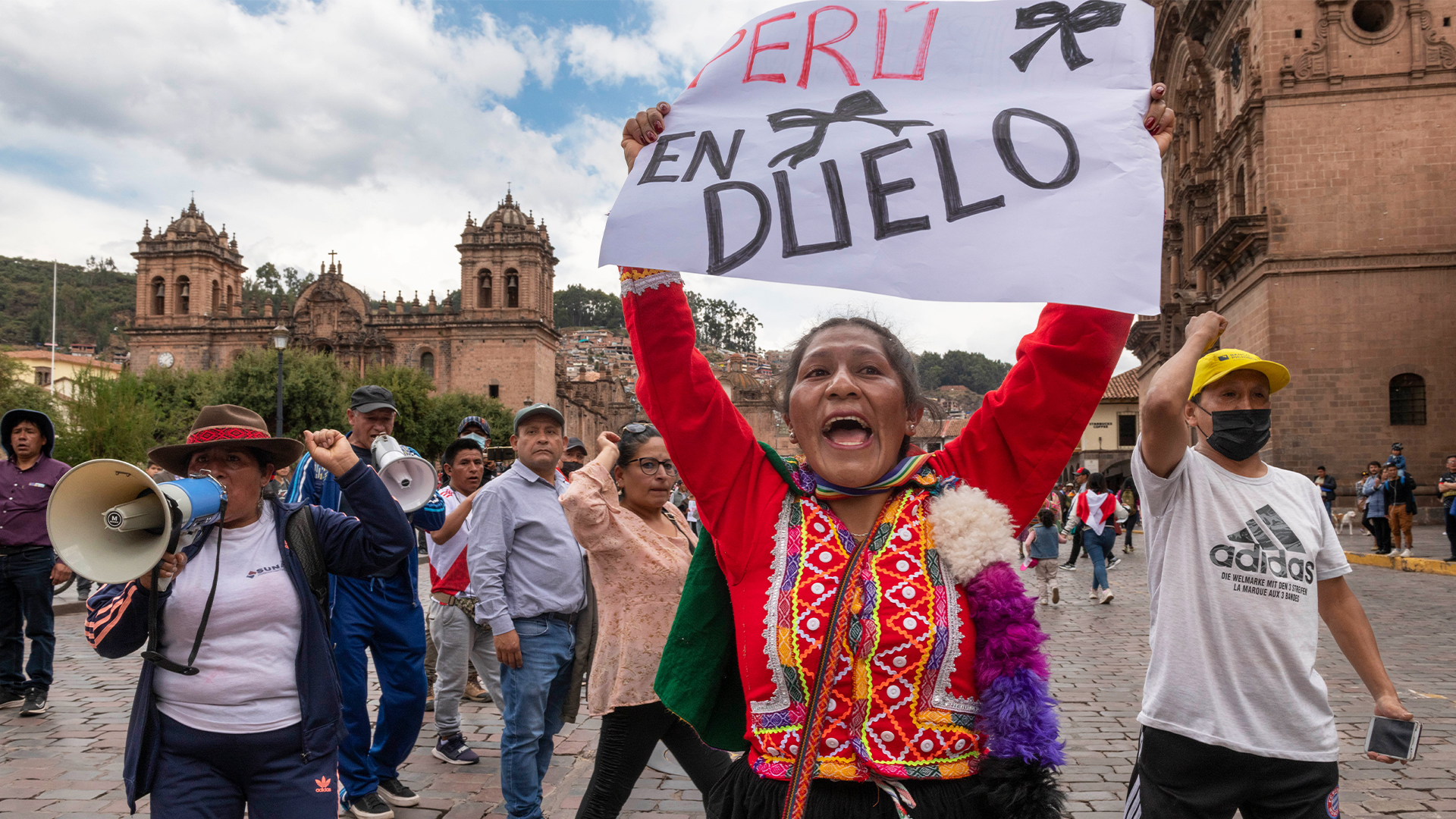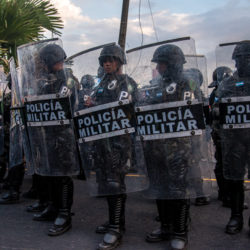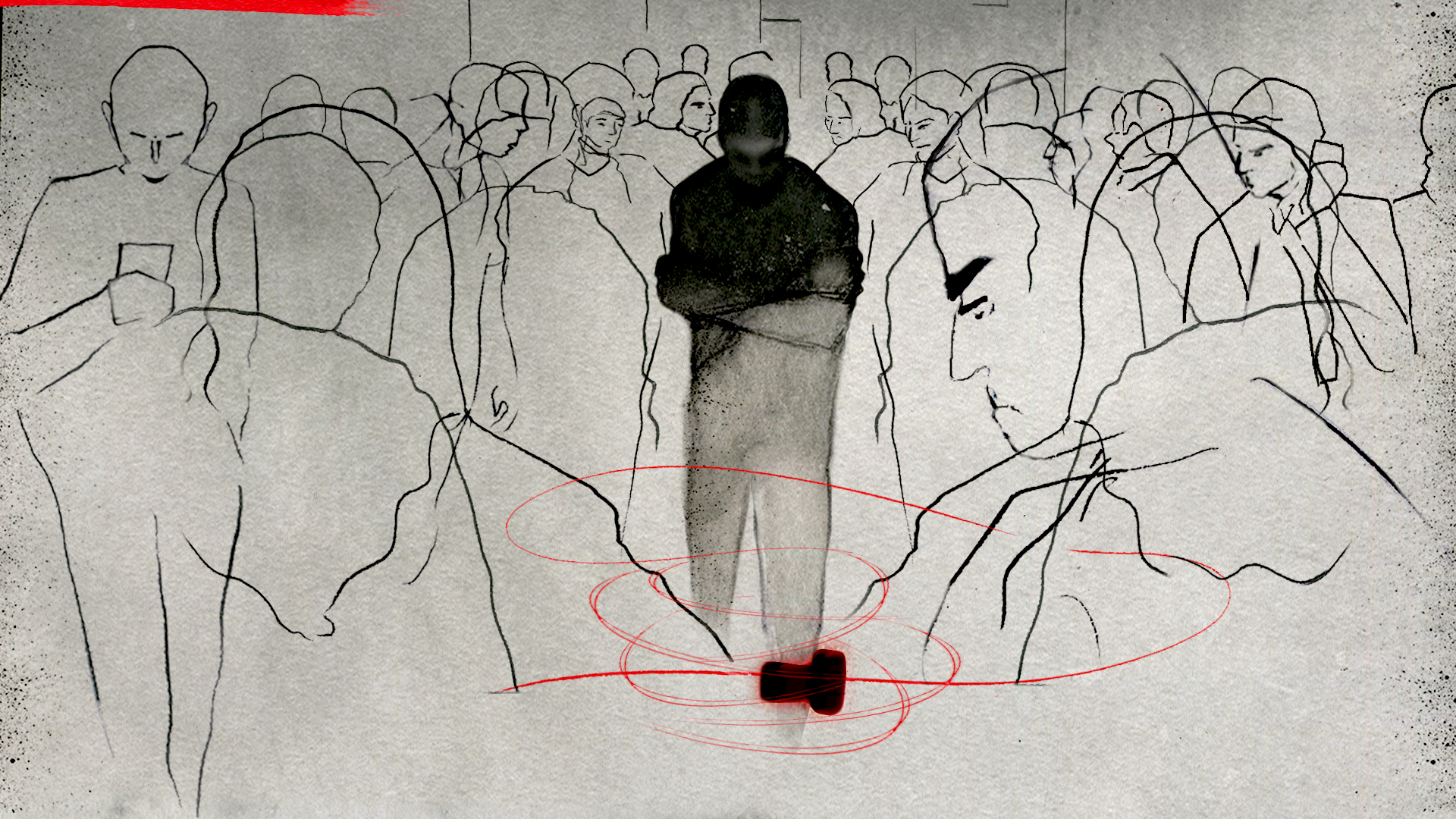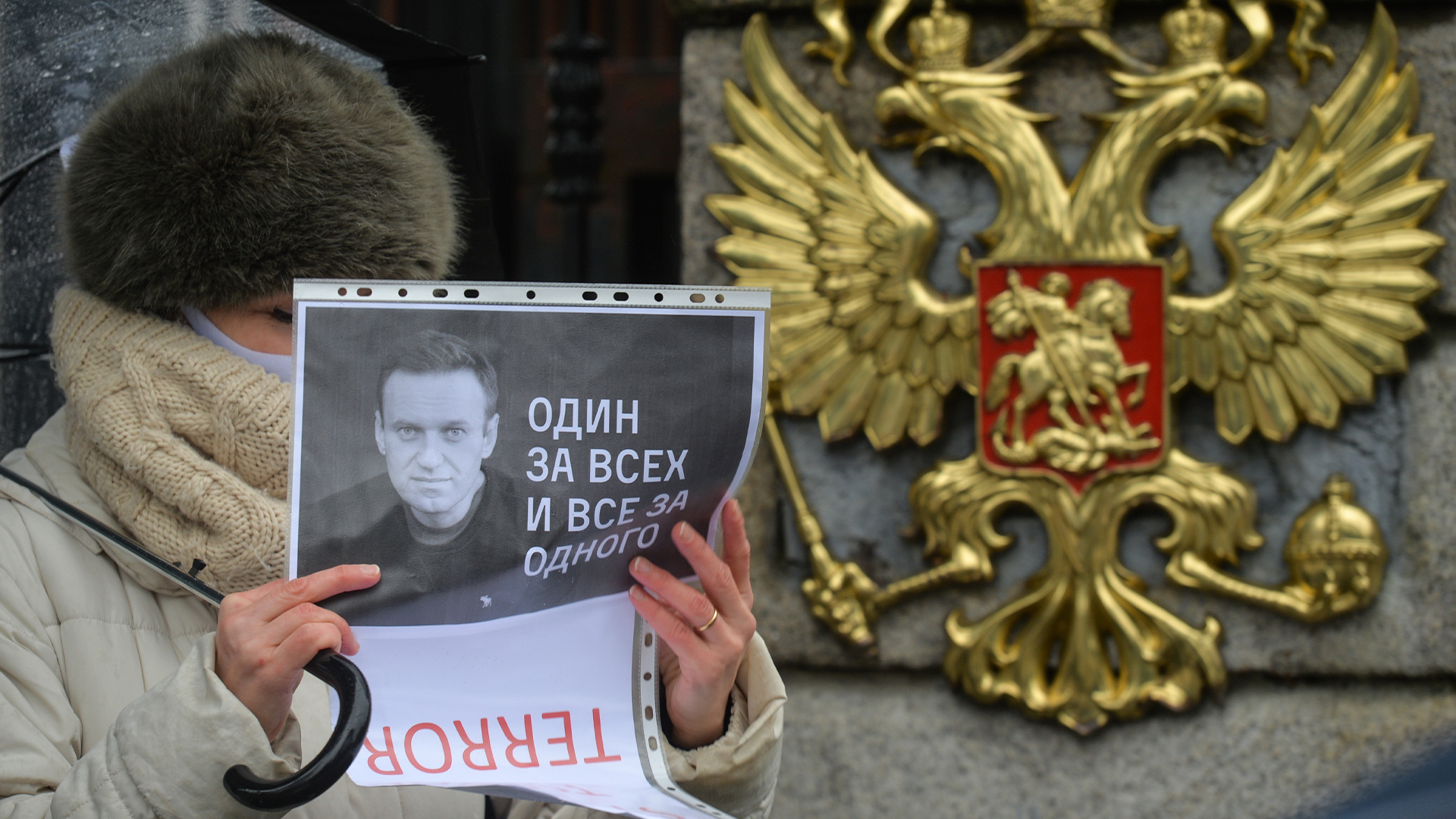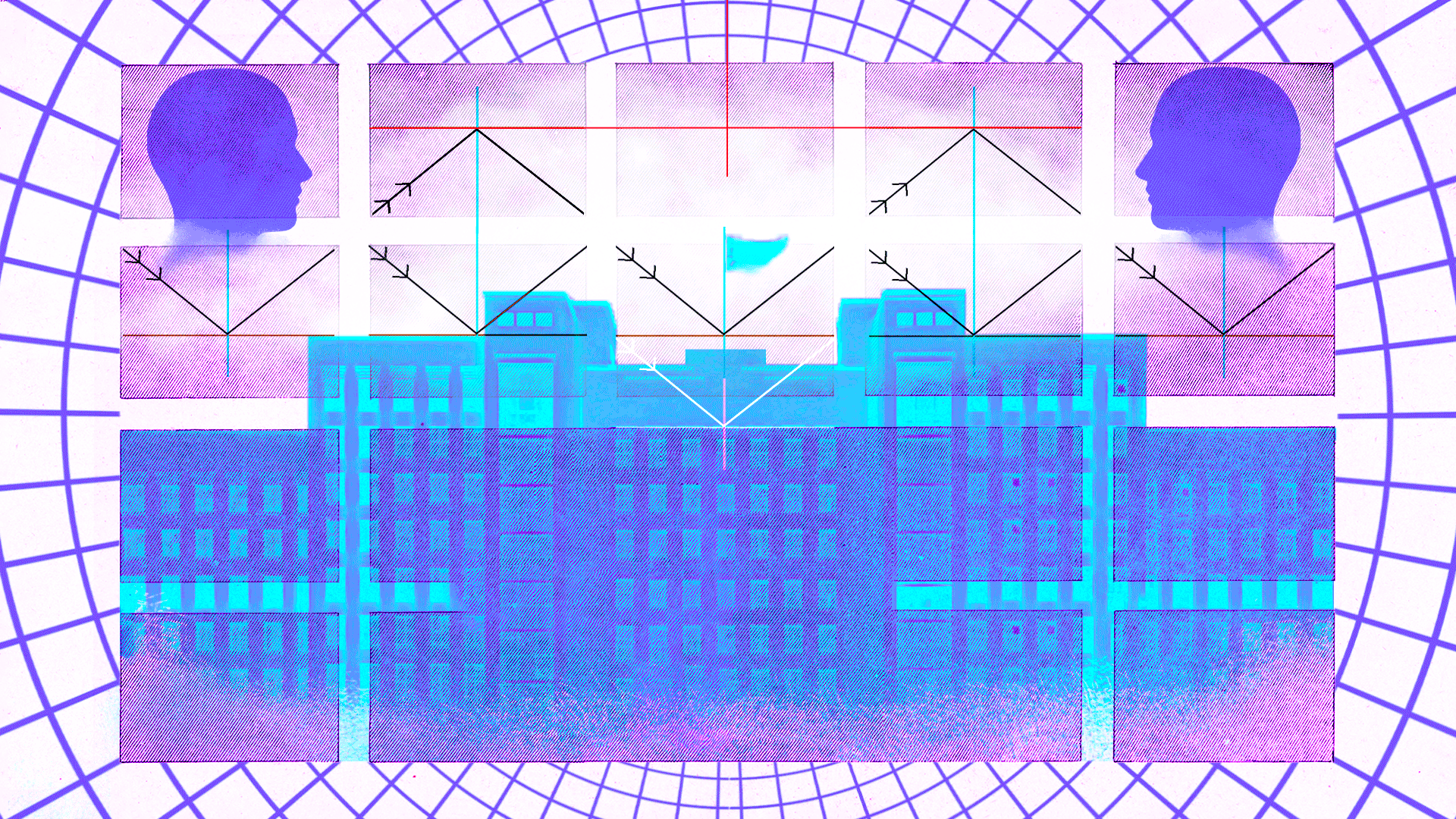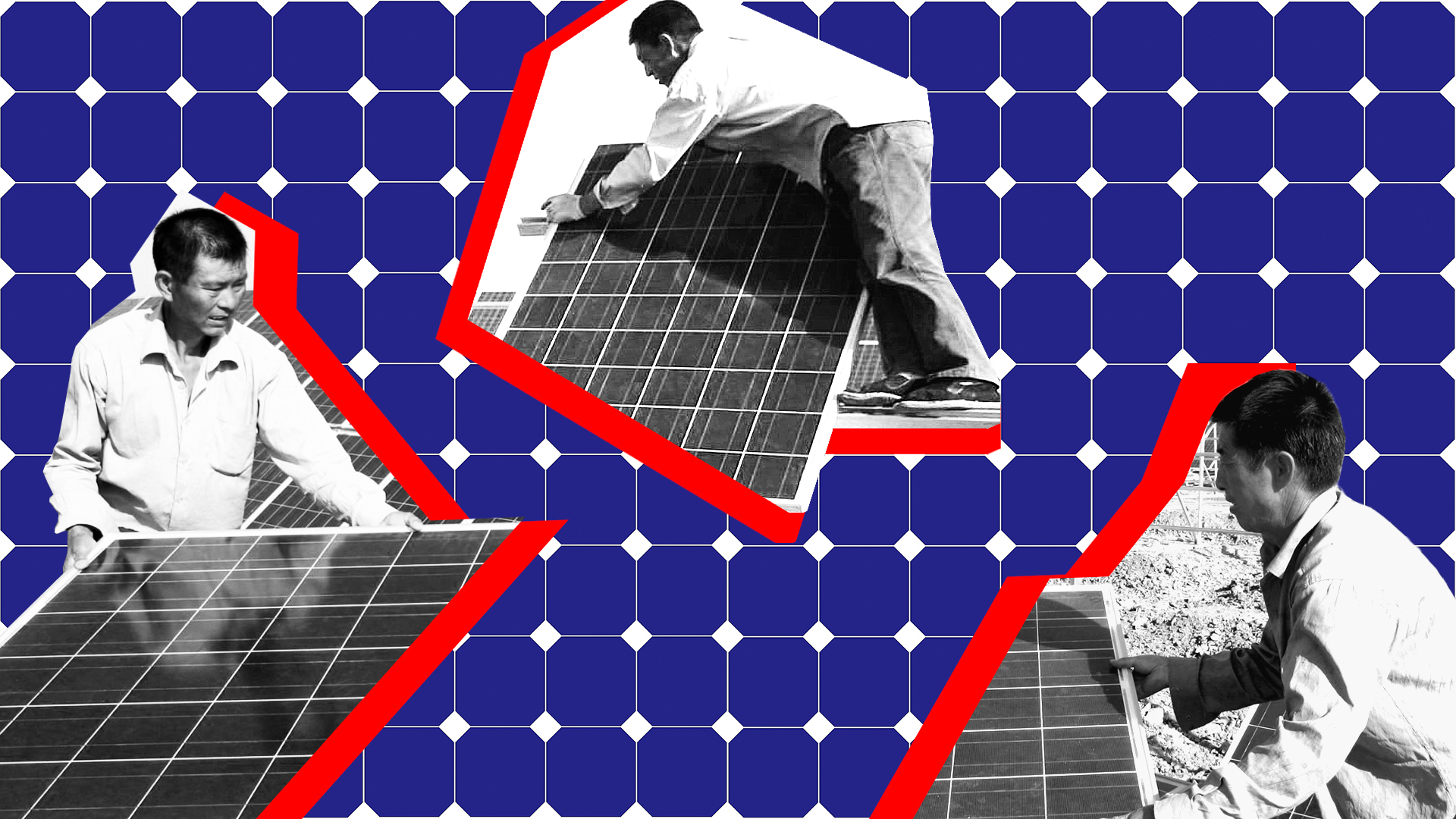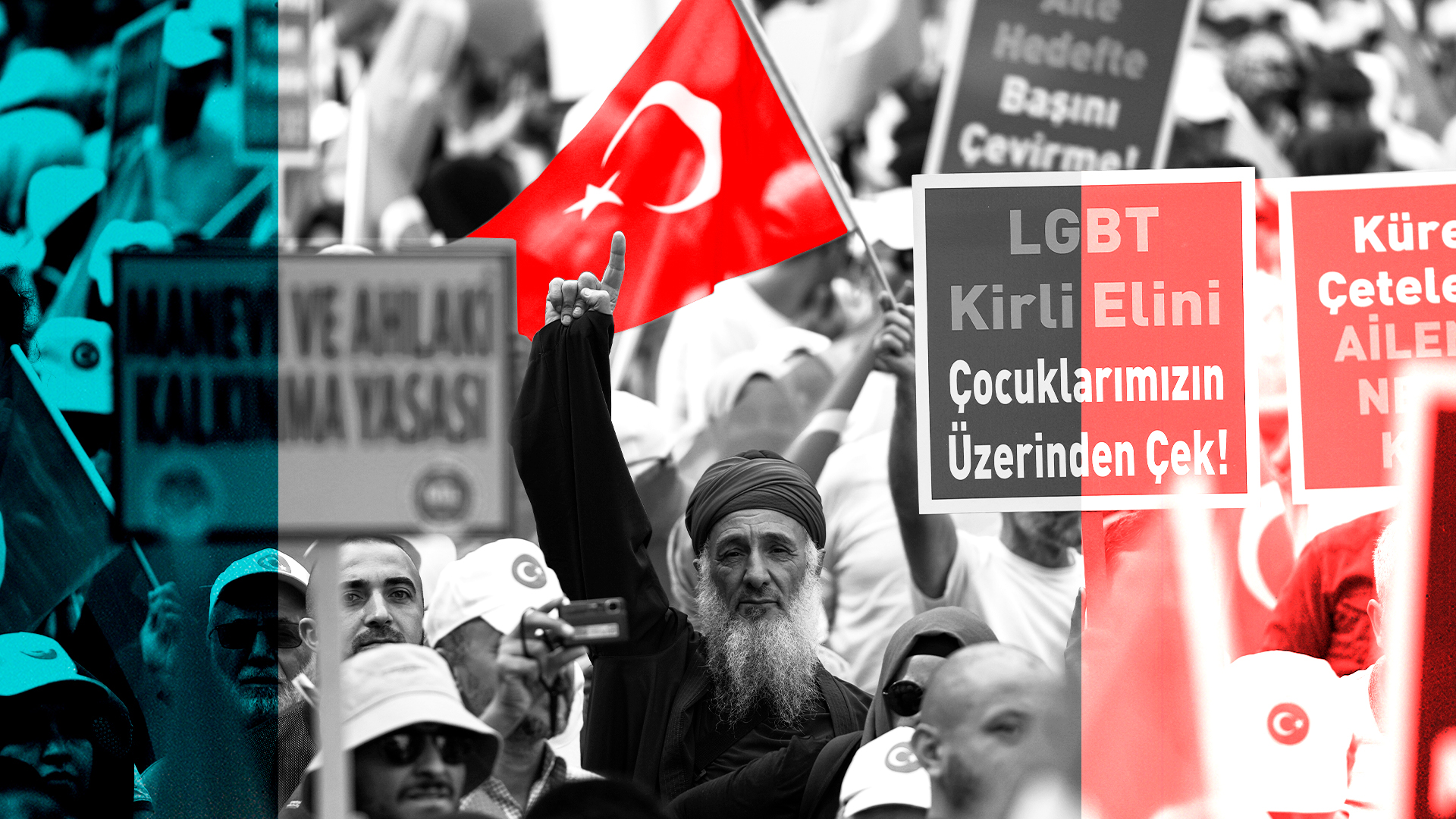Peru had been rocked by anti-government protests and the state’s brutal response for seven weeks when President Dina Boluarte shared with journalists an outlandish conspiracy theory about the violence.
Violent clashes in December and January, including two mass killings, left 46 people dead. But “security forces were not to blame” for these incidents, she said. Instead, it was one group of protesters that fatally attacked another, with firearms smuggled over the southeastern border from Bolivia.
At a January 24 press conference, Boluarte cited only “unofficial” sources when she told reporters that most of the people killed in a recent confrontation in Puno, a predominantly Indigenous region that borders Bolivia, died after being shot with “a homemade weapon known as dum-dum,” in an apparent reference to expanding bullets that explode inside victims’ bodies. “The police do not use this type of lethal weapon,” she said.
“This is not peaceful protest,” she continued. “It’s a violent action by a group of radicals with a political and economic agenda driven by drug trafficking, mining, and contraband.”
But there is no evidence to support this story, as Boluarte herself appeared to acknowledge in her remarks to the media.
Extensive cell phone footage from the two mass killings — one in Ayacucho that left 10 dead and the other in Puno, which killed 18 — shows the National Police of Peru and the Peruvian armed forces opening fire on civilians. In both cases, people were killed by gunfire, according to Peru’s official human rights agency.
In the week following Boluarte’s press conference, Peru’s two leading investigative journalism outlets, OjoPublico and IDLReporteros, came out with exposes clearly laying out evidence that pointed to the national police and the army. The former published details of the autopsies, which found police munitions in the bodies of many of the dead protesters. The latter painstakingly reconstructed the Ayacucho deaths to show how the military used live rounds against civilians.
A few days later, Amnesty International published its own investigation, in which it accused the national police of “unlawfully” and “indiscriminately” using lethal force against “mostly peaceful” protests. The human rights group also warned that the killings had been motivated by “systemic racism ingrained in Peruvian society.”
This is all hard to take for many Peruvians, who have endured almost continual political chaos since 2018 — with six different presidents in five years. The current unrest is the result of the ousting of Pedro Castillo, whose 17 months in power were dominated by graft scandals and infighting on the far left. Castillo was removed from office by Peru’s Congress, after he attempted to dissolve the legislative body, overhaul the courts and rule by decree, just as anti-corruption prosecutors were closing in on him. Boluarte shared a self-declared Marxist-Leninist ticket with Castillo in the 2021 elections but allied herself with the far-right majority in the Congress as soon as she was sworn in as president, possibly to head off her own ideologically-driven impeachment.
The protests, which have no clear leader, initially called for Castillo’s reinstatement. But now demonstrators are targeting Boluarte and the Congress and demanding new elections. The president’s popularity has dipped to 15% and Congress’ to just 6%, according to one poll. The same study found that three-quarters of Peruvians want Boluarte to resign.
It is no coincidence that in a society divided by race, class and geography, where half of the population is food insecure, most of those protesting are the have-nots who have been largely excluded from Peru’s economic boom of the last two decades. Southern Peru, the epicenter of the turmoil, is the country’s poorest region, where many rural families have no running water or electricity.
Although Boluarte has claimed to want “dialogue” and to never have authorized the use of deadly force against demonstrators, she has also repeatedly defended the national police, calling their handling of the protests “immaculate.” Compounding this are racist dog whistles from the military and far-right government leaders dismissing the protestors. Boluarte’s first head of military intelligence, Juan Carlos Liendo, insists that the left has sought to use Castillo’s ouster to divide Peruvians by income and ethnicity.

Photo: Michael Bednar/Getty Images.
But in an interview, Liendo, now a frequent analyst on Peruvian TV, appeared to do exactly that by blaming the unrest on the “Andean man,” a reference to Peruvians from mountain communities of Indigenous origin.
“The Andean man is very prone to violence. If you look at the history of Latin America, Peru is the most violent country. The societies that are most violent are those that live in the mountains, not in the jungle, unless it is jungles with mountains, like Vietnam.”
Ultimately, Liendo’s views proved too extreme even for Boluarte, who forced him out just a week after appointing him. But her broader views do not seem to have changed.
Lawmakers, most of Peru’s heavily-concentrated media and Boluarte herself also frequently conflate the unrest, which has included vandalism and rioting, with “terrorism.”
Falsely accusing one’s political opponents of terrorism — known in Peru as “terruqueo” — has a very particular and painful meaning for Peruvians. A well-established practice of the Peruvian far right, it is a reminder of the traumas triggered by the Shining Path guerilla insurgency of the 1980s and 1990s. The armed Maoist rebels launched a conflict that, according to the country’s Truth and Reconciliation Commission report, took the lives of an estimated 69,000 Peruvians, most of them civilians.
Today, the last remnants of the Shining Path, which formally laid down its arms in 1994, have given up their revolutionary agenda and instead are providing protection to the cocaine trade in a remote, densely-forested area of the eastern Andean foothills.
On February 11, the group ambushed a police patrol deep in the cloud forest, killing seven officers. Yet no serious expert believes that the group still has the capacity to influence events beyond the immediate region, much less mobilize national anti-government protests.
“The narrative doesn’t have to be logical. It just needs to be emotive,” said Eduardo González, a sociologist who advised the Truth and Reconciliation Commission. “The government needs a monster, to create moral panic. This just shows that memory is a battle. It’s not reflexive or easy.”
Antonio Zapata, a historian at the Pontifical Catholic University of Peru, pointed to the moral panic over communism in the 1930s.
“Terruqueo is just the latest way in which the elites see the country,” said Zapata. “They always need an external agent. Now it’s Evo [Morales, the former socialist president of Bolivia], before it was Fidel and before that it was Stalin. Like all efficient lies, it has to be woven together with elements of the truth.”
This scare tactic has allowed the government to declare states of emergency in several of the protest hotspots, restricting the right to assembly and allowing warrantless searches of homes. Separately, it has introduced a bill to toughen already-steep penalties for public order offenses with fast track trials that violate basic due process norms.
Prosecutors even set up a terrorism hotline for citizens to report supposed “revolutionaries.” Chief prosecutor Patricia Benavides has converted several offices specializing in human rights abuses, including those committed by the state, into counter-terrorism units.
At Lima’s San Marcos University, the oldest university in the Americas, riot police and anti-terrorism officers arrested 193 students and protestors, before being forced to free all but one of them for lack of evidence. The ultra-conservative mayor of Lima, Rafael López Aliaga, has also banned protests downtown in an obvious breach of the national constitution.
Meanwhile, an extreme-right group, which calls itself the Resistance and has ties to the mayor, has harassed and intimidated journalists and officials perceived to be progressive for months without prosecutors or the national police lifting a finger. On February 21, the Resistance staged a rowdy picket outside the home of Gustavo Gorriti, a prominent journalist who heads IDL Reporteros, chanting antisemitic slogans. Police officers refused to intervene.
In many ways, Peru’s current turmoil feels like deja vu. Nearly 30% of those killed when the Shining Path was at its most powerful — some 20,000 people — died at the hands of the military and the police, according to the Truth and Reconciliation Commission, a fact that Peru’s authoritarian right still refuses to acknowledge. That grim story is laid out at the Place of Memory, a gray concrete museum overlooking the Pacific in Lima that memorializes the internal conflict. Lima’s mayor López Aliaga wants to hand over the control of the museum to the military, which would likely erase any mention of its own atrocities.
“It’s not that we don’t remember,” said Zapata, the historian. “It’s what we remember. On one side, there is this memory of being marginalized, excluded, of always being defeated. On the other, there is this memory of how to exclude and marginalize and how to defend privileges.”
That struggle for memory over the bloodletting of the 1980s and 1990s has never been far from the surface in Peru. But it has now detonated into a new, critical confrontation over Peru’s present.
